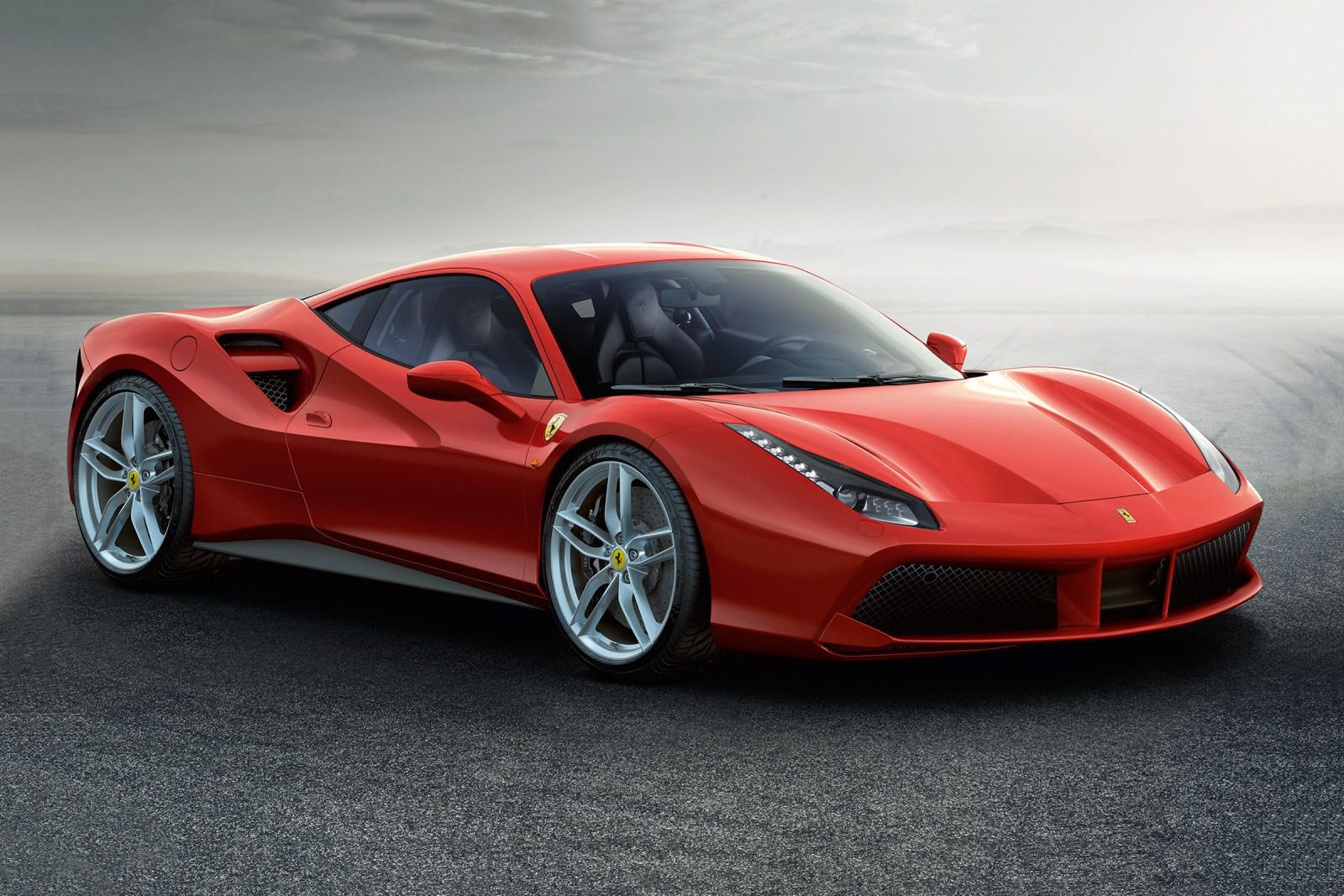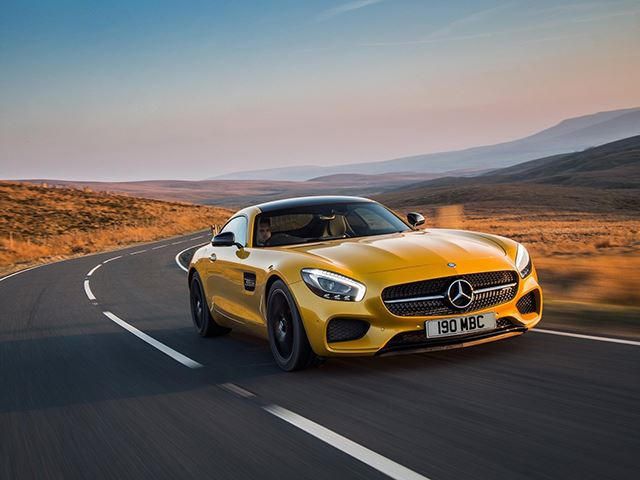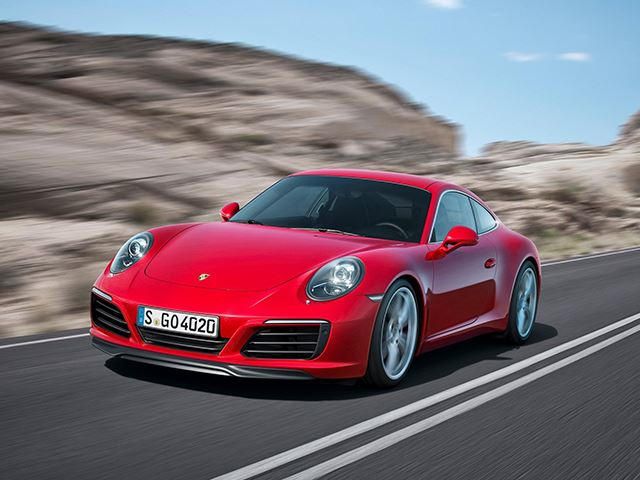
The engine downsizing epidemic seems a lot like getting in a disfiguring accident because suddenly, your dating pool gets a lot smaller. You make yourself feel better by picking out the good traits in potential partners, but deep down you know it's just a coping method. Only thing is, thanks to the magic of turbocharging, the beginning of the downsizing era has been nothing like a terrible accident. Instead, it has been characterized by flat torque curves and scorching acceleration times. Here are five of our favorite "coping" methods.
Back in the late 2000s, when you saw the number 63 after a C, E, or S badge, you could be sure that the low rumble that you were feeling through the earth was coming from a 6.2-liter V8 from Mercedes. Then, the reality of fuel economy restrictions landed squarely on the heads of Mercedes' finest engineers, who managed to make lemonade out of lemons. Two engines came out of this; the severely impressive M133 that makes 355 horsepower out of a measly 2.0 liters and the twin-turbo 4.0-liter V8 that lives under the AMG GT S and other 63'd AMGs while pushing out 469 or 503 horsepower. Even though the 63s of late have lost their bark, this engine ensures that the bite remains.
As automotive freaks, we love big engines with swollen horsepower values, but sometimes this chase for the burlier options means that the small wonders get passed over. Ford's turbocharged 1.0-liter inline-3 is one such engine. Its size is matched by plenty of motorcycles, but its performance far surpasses any expectation one would have for a three-cylinder engine. By leaving the crank pulley and flywheel unbalanced and offsetting the engine mounts, the car manages 123 horsepower and 36 mpg with smooth performance that masks the engine's true size. With an overboost function and the ability to let out a snarl when pushed, the 1.0-liter EcoBoost is an engine straight from the future.
Porsche has a good thing going for itself. That's why it has stuck to the "if it aint broke don't fix it" mantra, but even things that aren't broken can be improved. When Porsche dropped the 3.4-liter and 3.8-liter flat six engines out of the 911 Carrera and Carrera S, the devotees lost their minds. How could the endangered metallic growl of a flat six be lost on the world? Fortunately, Porsche engineers were bringing the impossible to life long before some of us were born, so to up the ante on the previous Carrera, a 3.0-liter turbocharged flat six was enlisted to battle. The engine delivers more torque and horsepower, but the flat torque curve is what makes all the difference in this engine, making the Carrera even more exciting than it was before.
Among the most stubborn of the auto giants is Ferrari. Even with Enzo Ferrari gone and Sergio Marchionne at the helm, it's either the boss' way or no way. For the prancing horse, turbocharging was not the method of choice for attaining horsepower. However, as stubborn as the company is, Ferrari would rather change with the times than stop selling fast cars, so it did what it could to become well versed with the scrolls. Turns out, Ferrari can still make an amazing engine even when it drags its feet because the 3.9-liter performs better than almost any other engine out there. It was even awarded engine of the year for 2016 and with its 661 horsepower sprint unimpeded by the turbochargers, we can see why.
It may not be the most efficient car in the world and it sure doesn't give a damn about squeezing every drop of power out of a tiny compromise of an engine, but the power plant that lives inside the Bugatti Chiron is one of the most complex and most impressive in the world. In case you haven't already memorized them, raw stats include 8.0-liters, 16 cylinders, 1,500 horsepower, 1,180 lb-ft of torque, two traditional turbochargers and two electric spools. This amounts to a mind-boggling 187.5 horsepower per liter, which means that it is more power dense than almost any other car out there. To cope with the workload, 10 radiators fan the engine while it combines fuel and 15,850 gallons of air per minute to break records at the summon of a lucky individual's right foot.


